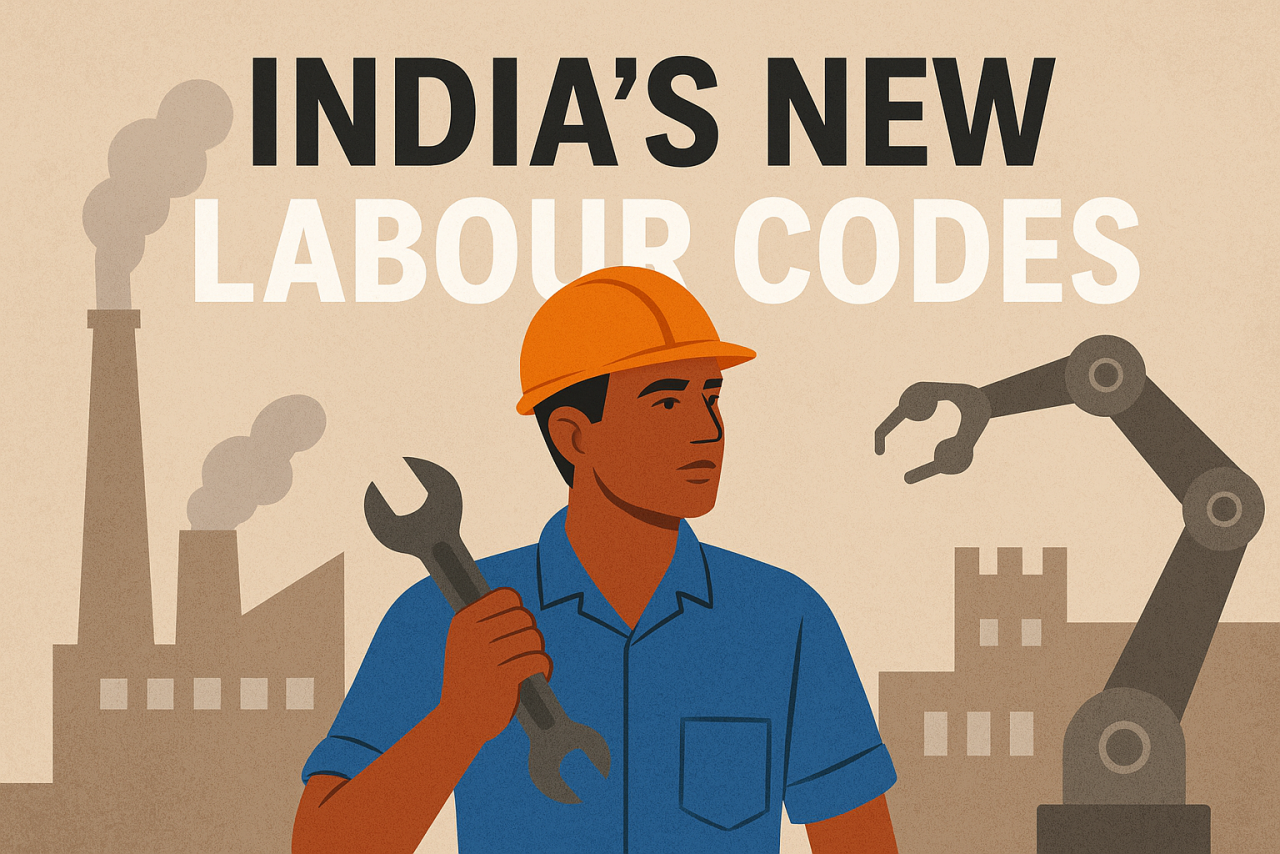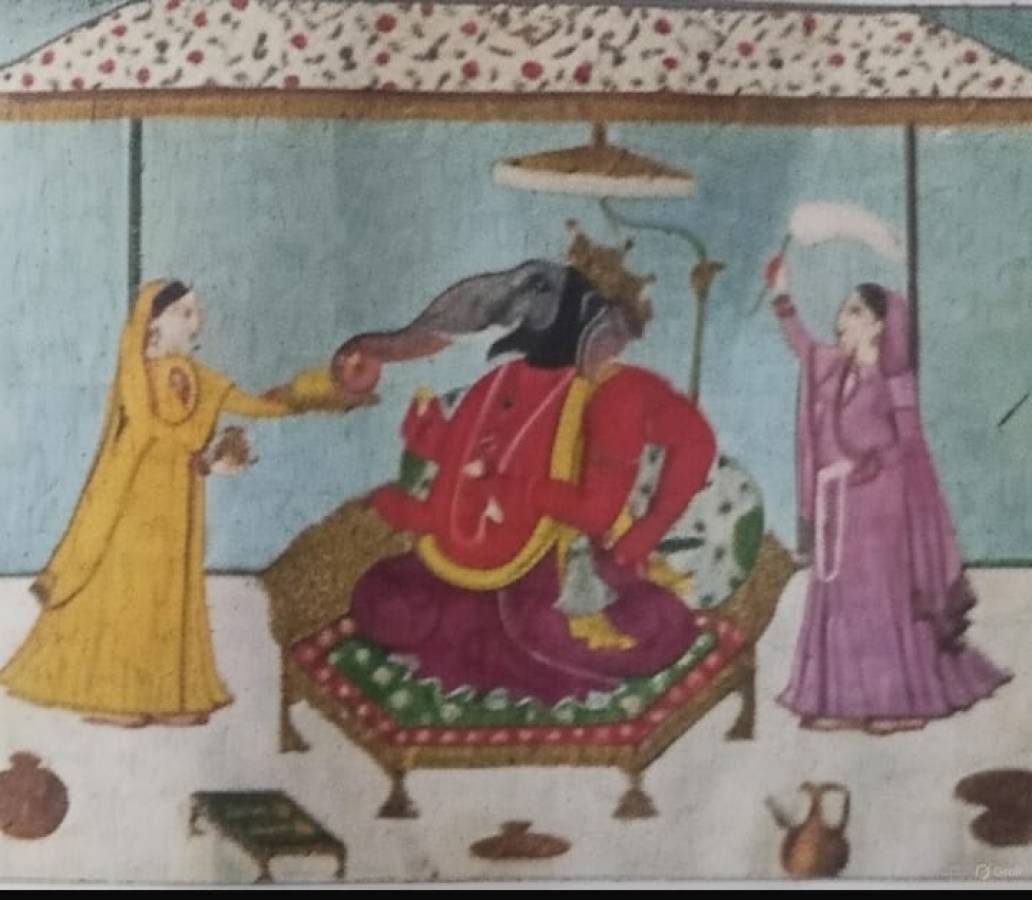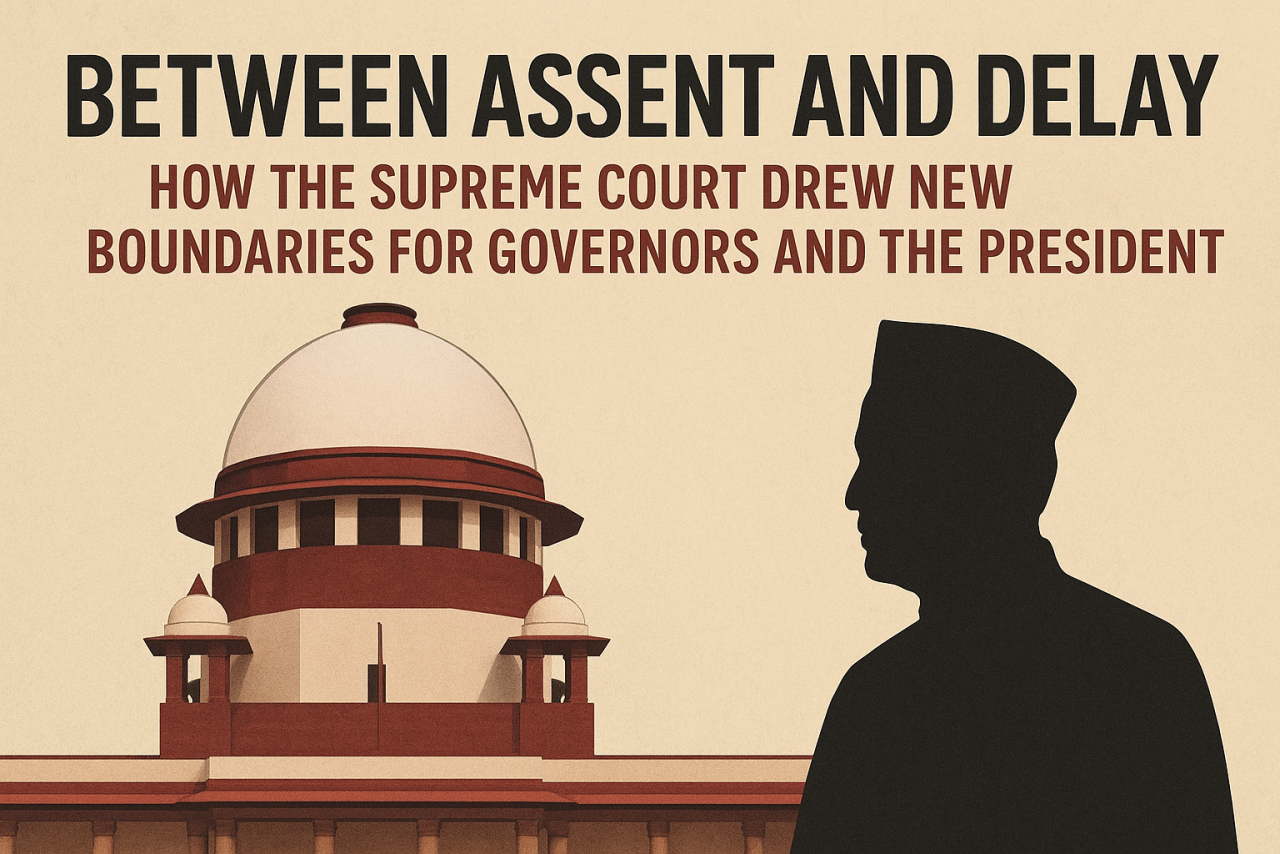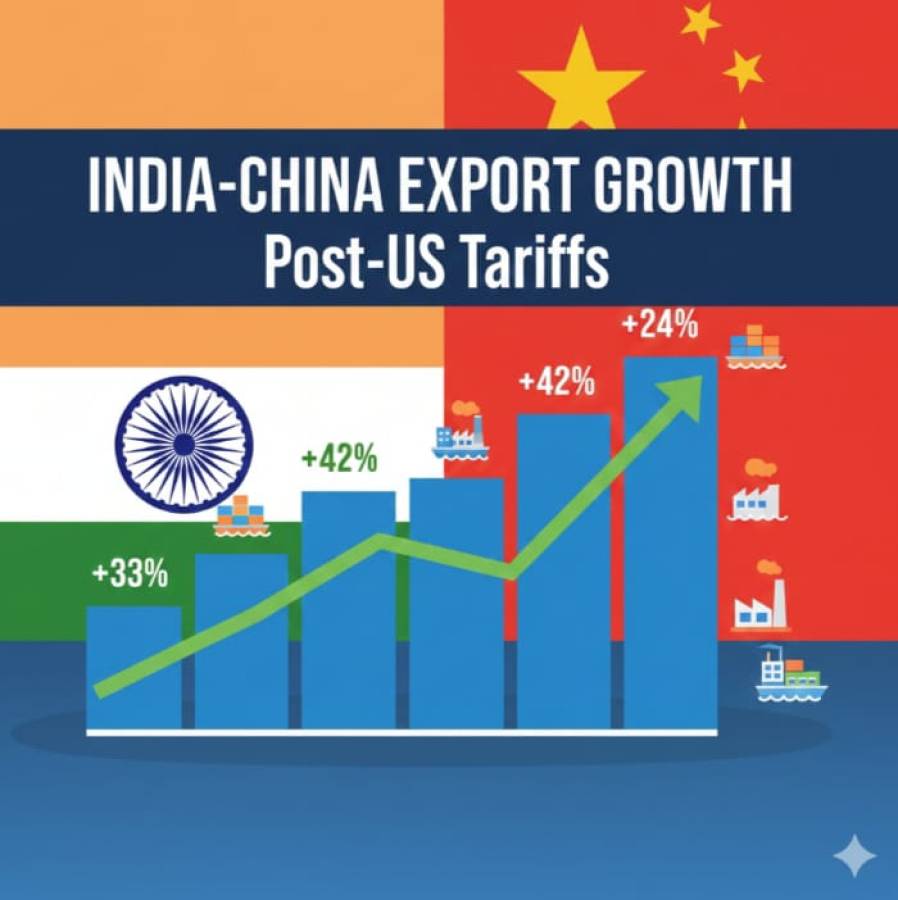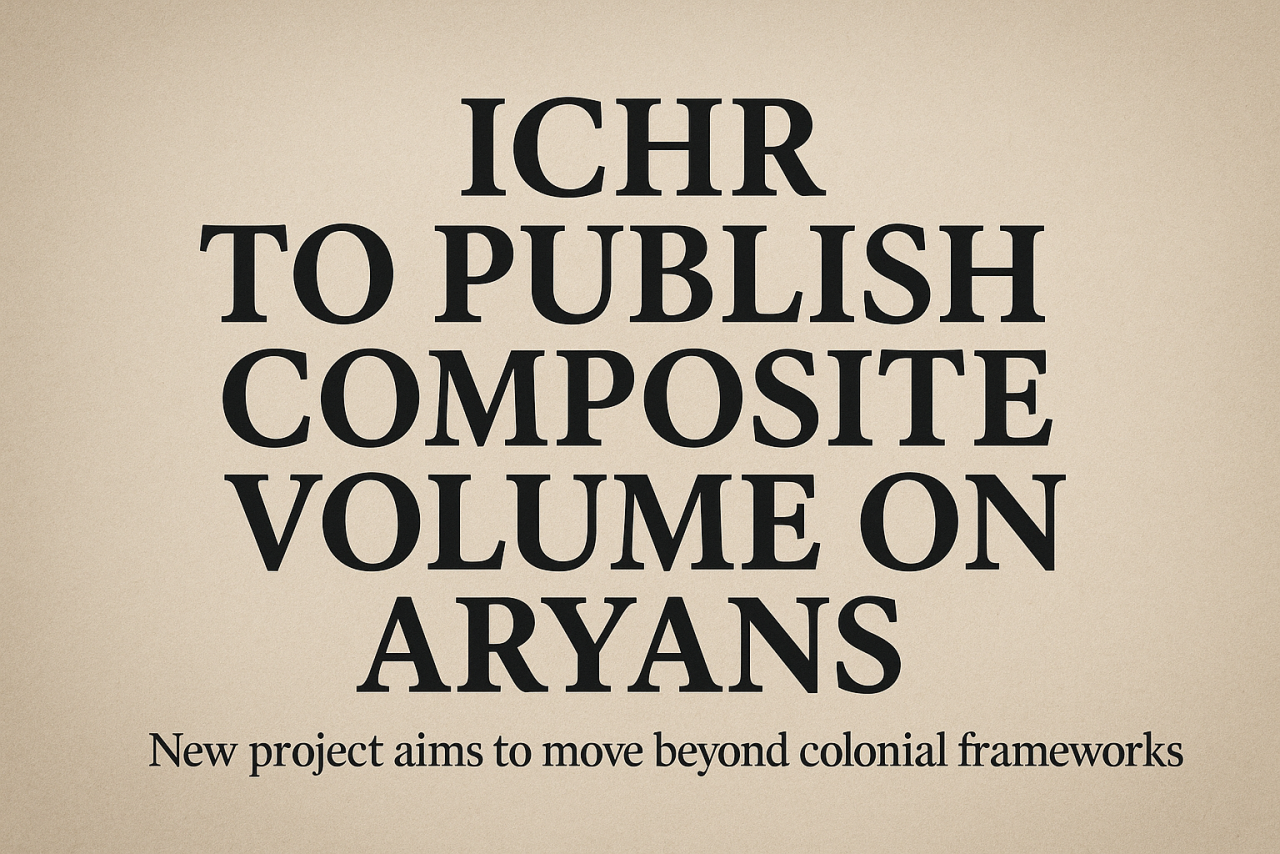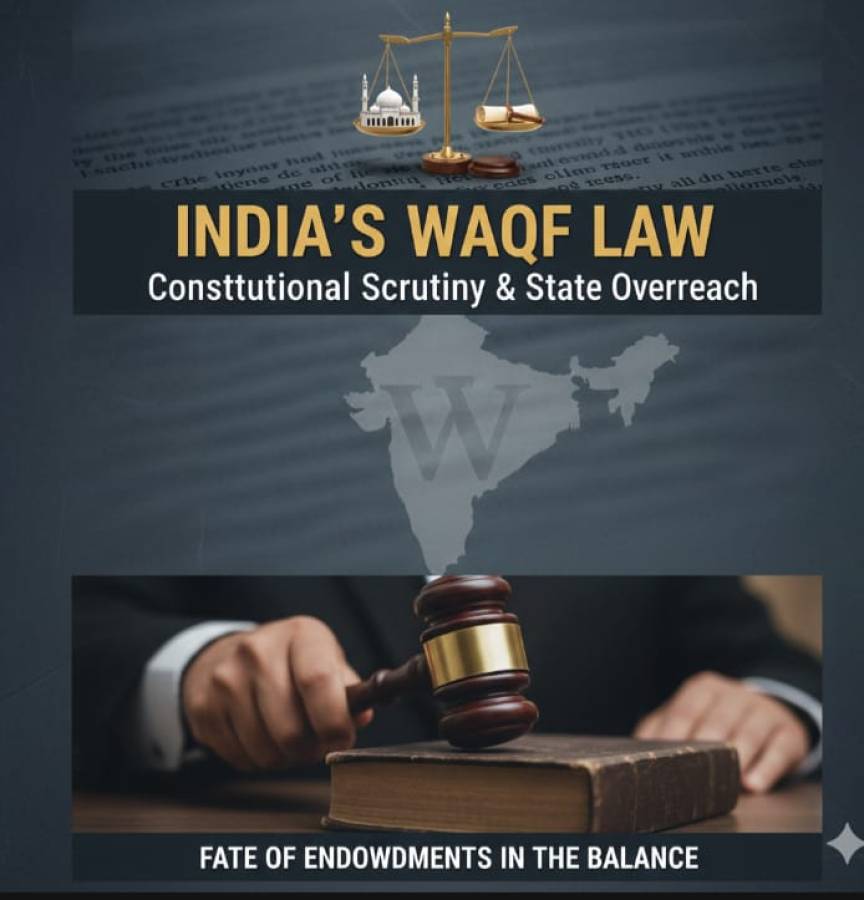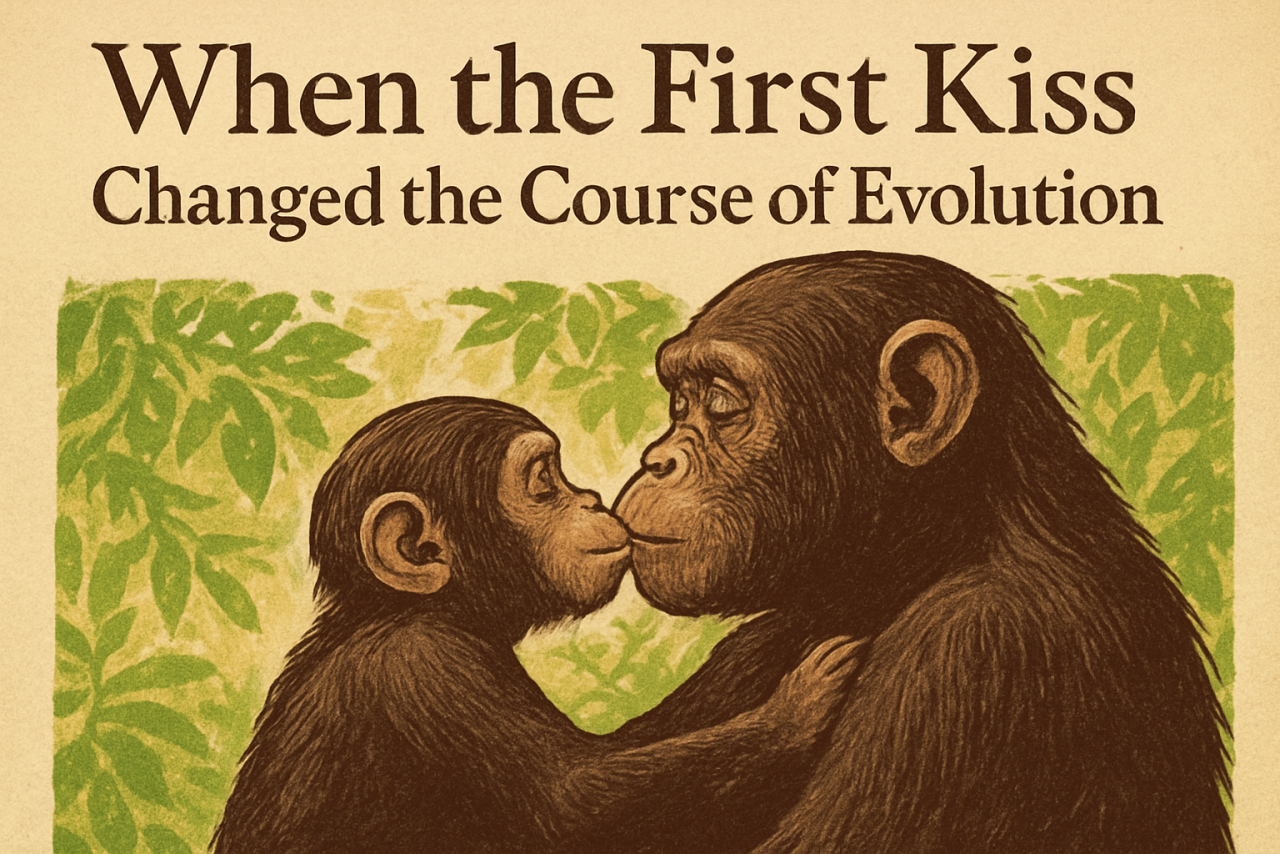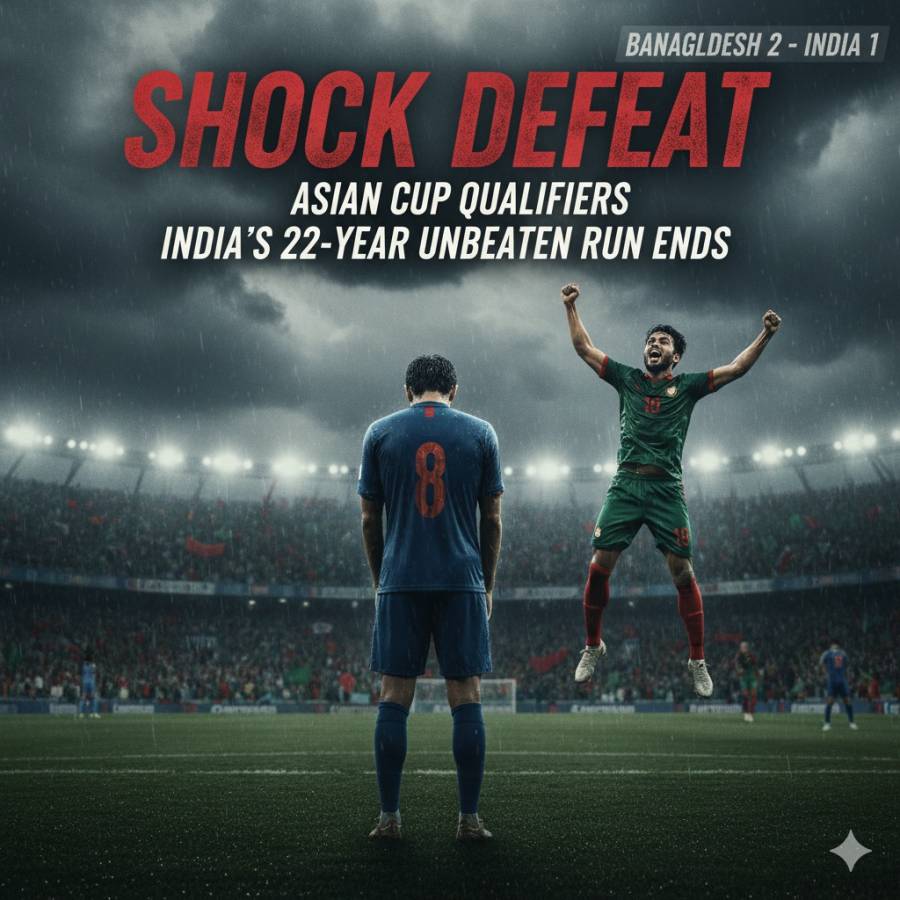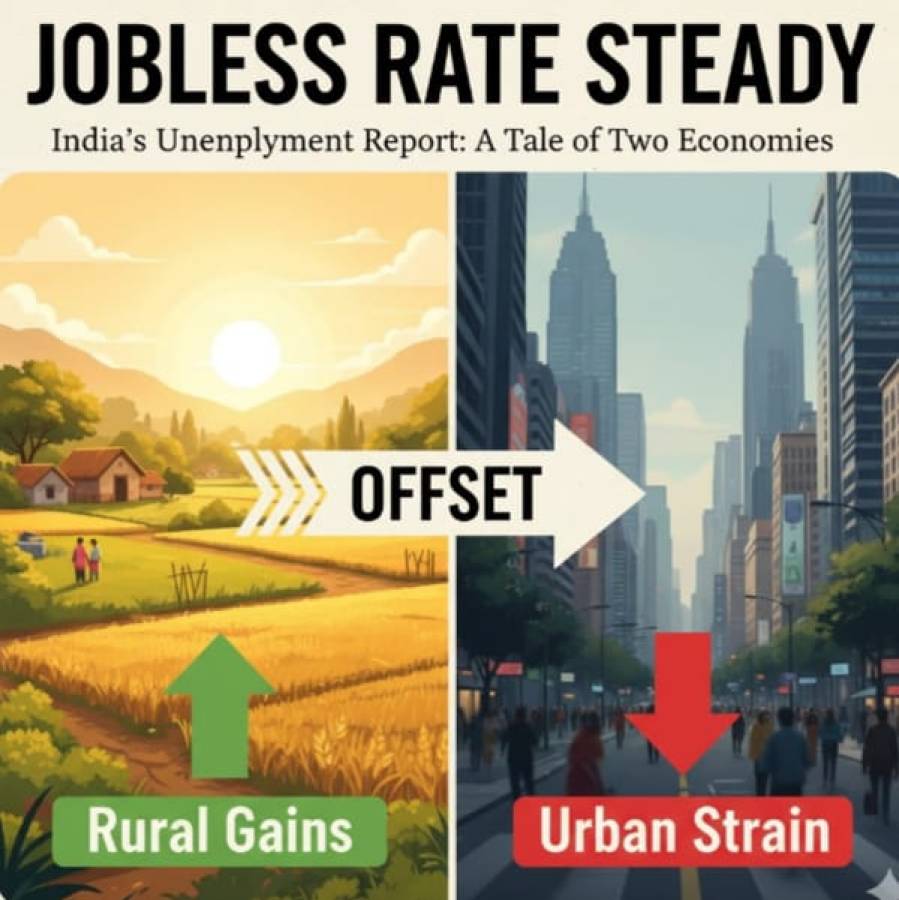
A few days ago, Delhi witnessed yet another tragedy that could have been prevented. A man and his daughter were crushed to death by a falling tree in Kalkaji. This was not just a freak accident of nature. It was a symptom of a larger crisis—our systematic neglect of urban trees.
Many of us think of trees as passive objects, silent and strong, but the truth is that they fall only after years of suffering. Trees don’t collapse overnight. They weaken slowly because we suffocate their roots with concrete, choke their access to water, and ignore their warning signs. By treating them as decorative backdrops rather than living beings, we are inviting disasters upon ourselves.
The Legal Side We Forget
More than a decade ago, in 2013, the National Green Tribunal had clearly said that no construction should be permitted within one meter of a tree trunk. It also ruled that the concrete around trees must be removed so that roots could breathe. Yet, walk through any Delhi neighborhood—Vasant Vihar, Defence Colony, Janakpuri, or even CR Park—and you’ll notice the same disturbing pattern: tree bases suffocated under concrete tiles, with no soil visible.
In fact, a citizen survey in Vasant Vihar showed that nearly 80% of street trees were cemented. The forest department itself admitted that over 600 trees had already been damaged across the city in just three years. But despite repeated complaints, court orders, and even contempt notices, very little has changed on the ground. Enforcement is almost non-existent.
Why Trees Keep Falling
When roots are trapped under cement, trees cannot absorb water or nutrients. Without moisture and oxygen, they grow weaker. Add to this the constant digging for utilities, unscientific pruning, and heavy monsoon rains, and trees are left vulnerable to collapse.
Every time a tree falls in Delhi, it is not only a loss of green cover but also a serious safety hazard. Over the years, hundreds of trees have fallen on cars, houses, and even people. Yet the response often stops at outrage or mourning. Rarely do we treat tree care as a responsibility.
Beyond Aesthetic Value
It is easy to forget that trees are not just about beauty or shade. They are our silent protectors. They absorb carbon dioxide, release oxygen, lower city temperatures, and prevent floods by stabilizing soil. A single large tree can cool an entire street and provide a home to countless birds and insects.
In cities like Delhi, which face extreme heat and poor air quality, trees are literally life-savers. They are not luxuries we can do without; they are a critical part of our survival.
What Needs to Change
If this is the reality, the question is—what can be done? For one, authorities need to take tree protection orders seriously. No amount of legal directives will help if municipal staff look the other way. Officials who violate court rulings must be held accountable.
But it’s not just about governments. Citizens too need to change their perspective. We often think filing a complaint is enough, but what if we began to actively care for the trees in our neighborhoods? Removing tiles around tree bases, watering trees in dry spells, or reporting unsafe conditions are small but powerful actions.
Our Shared Responsibility
Every tree that falls is not just a loss of greenery; it is a reminder of our negligence. The real violation is not the falling of the tree but our failure to protect it. Trees have been silently serving us for decades, yet we repay them with indifference.
If we continue on this path, the silence of trees will become the silence of our cities. But if we recognize their importance, treat their health as part of civic duty, and build stronger systems of care, we can turn the tide.
The truth is simple: saving trees is not about charity, it is about survival. The future of our cities depends on whether we have the courage to protect the very beings that protect us.


